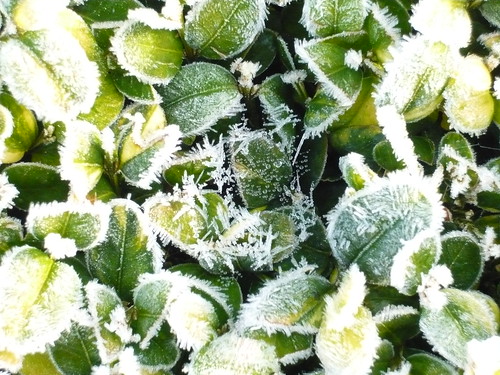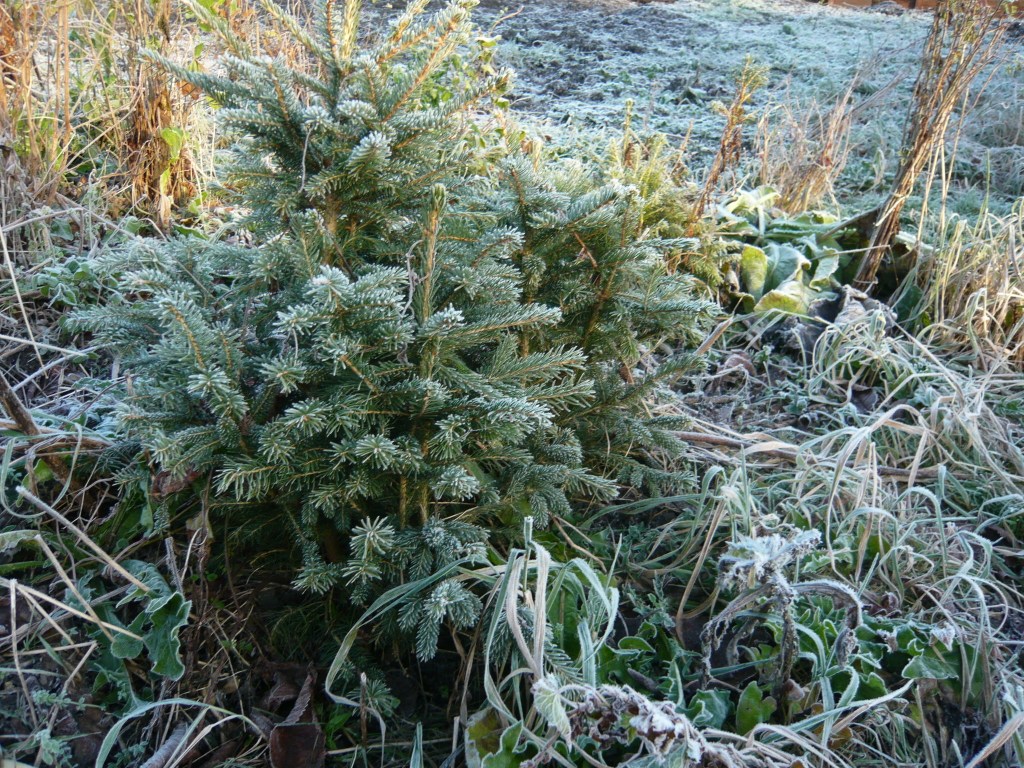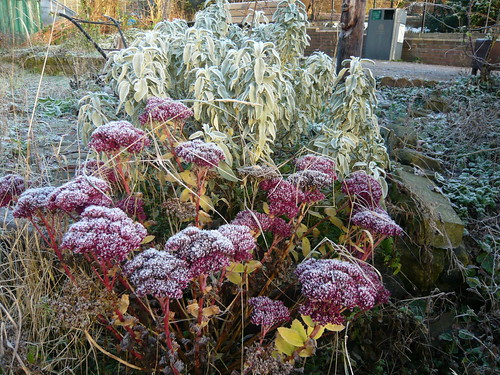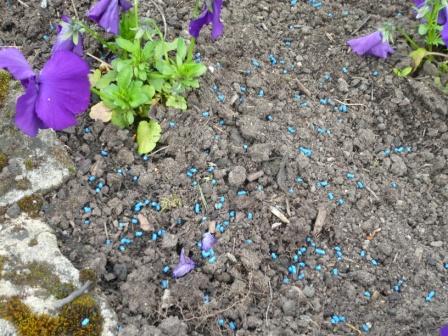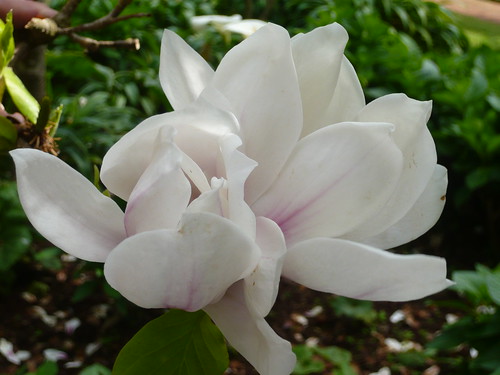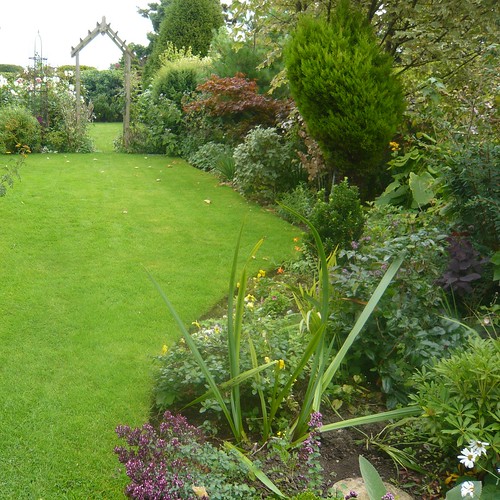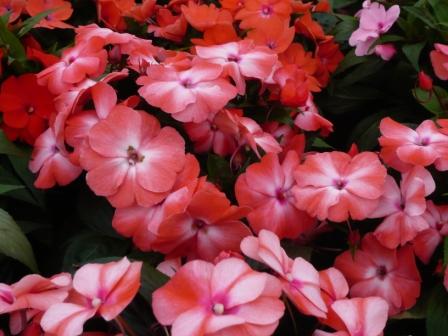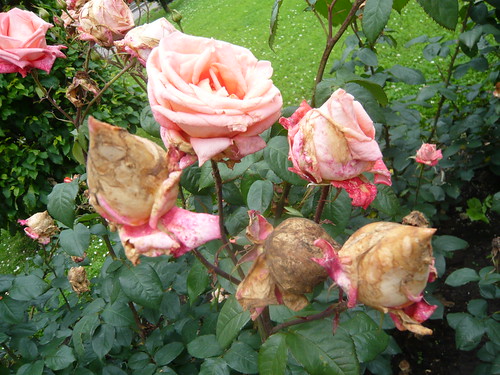Don’t let pH be a mystery, it is easy to get the soil you need for a small contained area or even garden wide if you know the science.

Acidity and alkalinity are measured on a pH scale. Below pH 7.0 is verging towards acidic so pH 4.5 is very acid. Test kits are available from many sources.
Increasing Alkalinity.
For vegetables a pH of around 6.5 is ideal and to achieve this it may be necessary to add some lime into the top 6 inches of your soil.
Garden lime is available from most garden centers. Builders lime or quick lime is more aggressive to plants.
If your soil is around a pH of 7.0 (neutral) I would not bother to try adjust it. Above that it is limey soil and less suitable for acid lovers like rhododendrons and blueberries.
Adding lime helps vegetables take up nutrients. It also suppresses club root in members of the brassica family.
Manure then a couple of weeks later lime your soil during winter, it helps to break up the soil.
For lawns, shrubs, roses, fruit or trees, apply lime before planting.
Calcified seaweed and ground chalk or powdered limestone are other forms of calcium carbonate that will help reduce acid soil.
The RHS has a table of lime quantities needed to correct different levels of acidity read more
Acidifying Soil
To change the pH of the top 6inches of soil from neutral pH 7.0, or slightly alkaline pH 7.5 to slightly acid pH 6.0-pH 6.5 sulphur powder may be required.
Aluminium sulphate or Ferrous sulphate can also be used as a soil acidifiers. The effects are rapid, but large quantities can interfere with phosphorus levels in the soil and may also reduce pH excessively.
Soil-acidifying materials can be applied at any time of the year but products containing sulphur take longer to work when the soil is cold so are normally best applied from spring to autumn.
